Imagine stepping into your garden and being greeted by not just a feast for the eyes but also a bounty of fresh, homegrown produce. That’s the magic of edible landscaping, where beauty meets function, and your garden becomes not only a source of visual delight but also a pantry of fresh, nutritious ingredients. In this guide, we’ll explore the art of incorporating edible landscaping into garden designs, from selecting the right plants to designing and caring for your garden to create a vibrant and productive landscape that nourishes both body and soul.
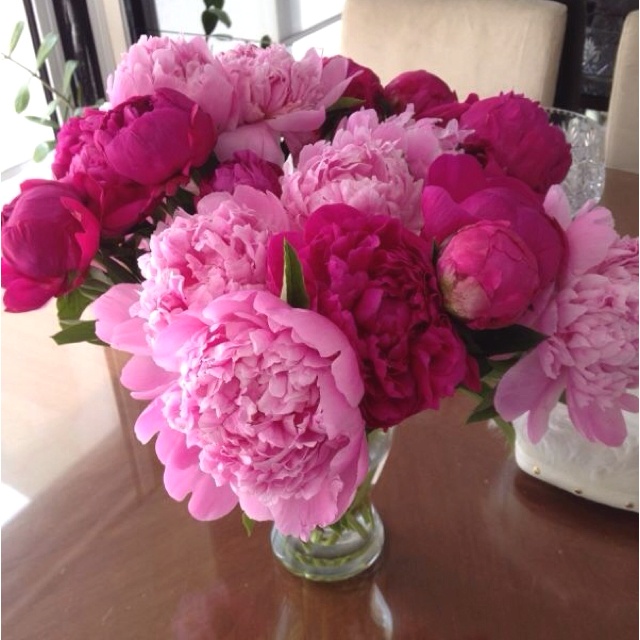

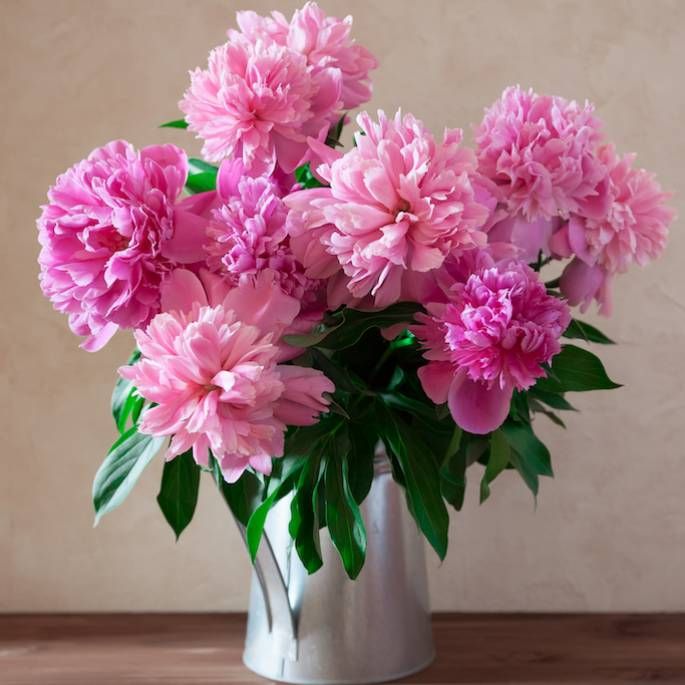

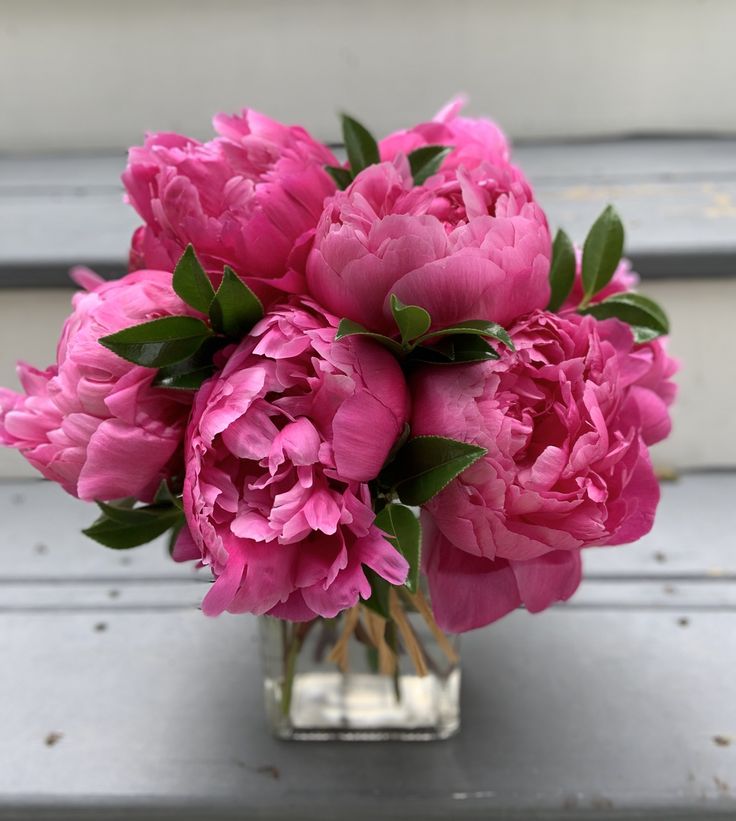
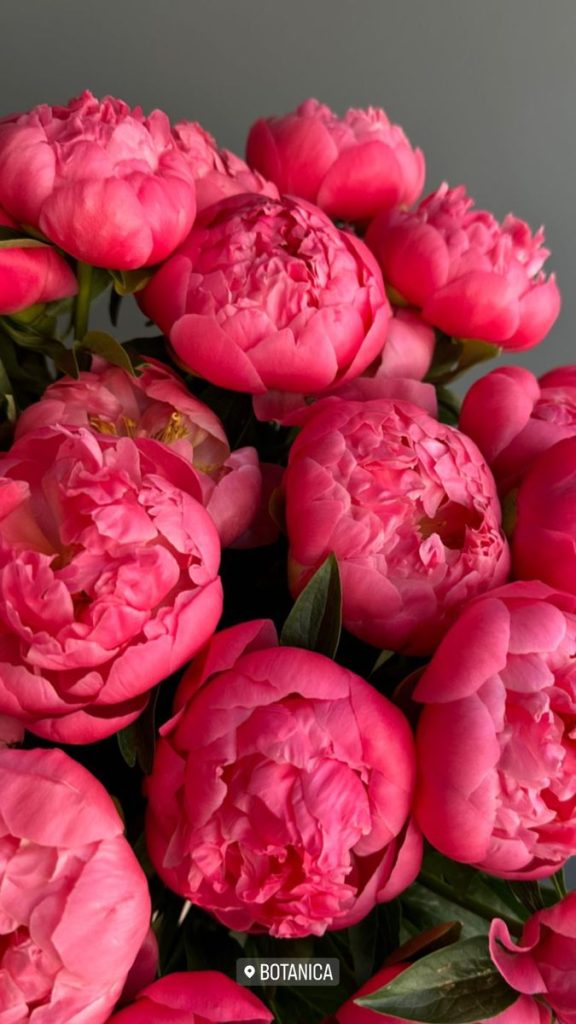

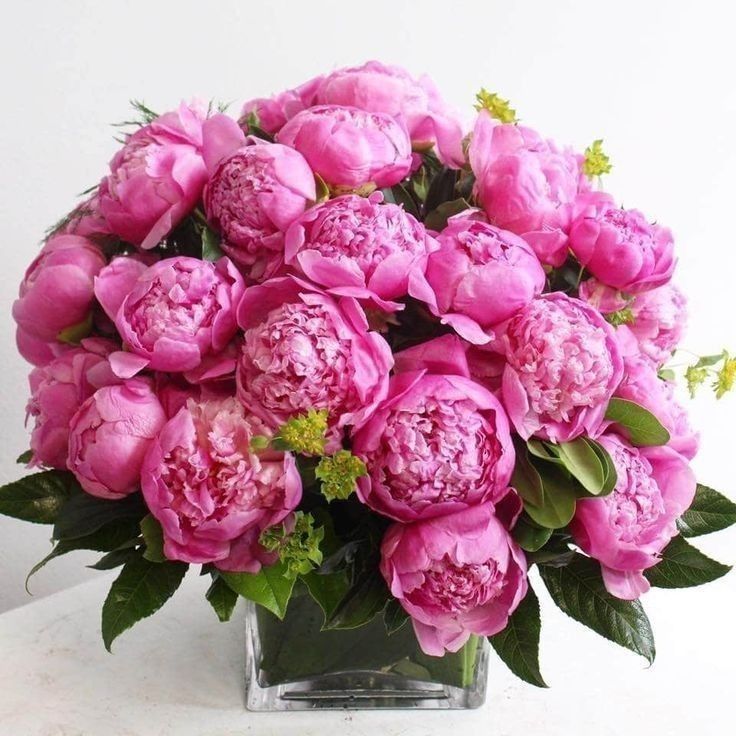
Benefits of Edible Landscaping
Incorporating edible landscaping into your garden design offers numerous benefits:
- Fresh, Homegrown Produce: Edible landscaping allows you to grow your own fruits, vegetables, herbs, and edible flowers, providing a source of fresh, nutritious produce for your table.
- Health and Nutrition: Growing your own food ensures access to fresh, chemical-free produce that is rich in vitamins, minerals, and antioxidants, promoting health and well-being for you and your family.
- Sustainability: Edible landscaping promotes sustainable living by reducing food miles, minimizing packaging waste, and conserving resources, such as water and energy, associated with commercial food production and distribution.
- Beauty and Diversity: Edible plants offer a diverse array of colors, textures, and forms that enhance the aesthetic appeal of your garden, creating a visually stunning landscape that is both functional and ornamental.
- Connection to Nature: Growing your own food fosters a deeper connection to nature and the rhythms of the seasons, allowing you to experience the joy of planting, nurturing, and harvesting your own garden bounty.
Planning Your Edible Landscape Design
Follow these steps to plan and design an edible landscape that integrates seamlessly into your garden:
- Assess Your Space: Evaluate your garden site to determine sunlight exposure, soil type, drainage, and microclimates, and select plants that are well-suited to your site conditions and growing environment.
- Select Your Plants: Choose a mix of edible plants, including fruits, vegetables, herbs, and edible flowers, that thrive in your climate and growing conditions. Consider factors such as plant size, growth habit, and maintenance requirements when selecting plants for your garden.
- Design Considerations: Incorporate edible plants into your garden design in a way that complements the overall aesthetic and style of your landscape. Integrate edible plants seamlessly with ornamental plants, hardscape elements, and garden structures to create a cohesive and harmonious design.
- Layer Your Plantings: Create layers of planting beds, including ground covers, shrubs, and trees, to maximize space and productivity in your garden. Use vertical space, such as trellises, arbors, and espaliered fruit trees, to grow climbing plants and vining crops, such as tomatoes, cucumbers, and grapes.
- Seasonal Interest: Plan for year-round interest by selecting edible plants with staggered harvest times, bloom times, and foliage colors that provide color, texture, and flavor in every season. Incorporate seasonal plantings and succession planting techniques to ensure a continuous supply of fresh produce throughout the year.
Establishing and Caring for Your Edible Landscape
Follow these guidelines to establish and care for your edible landscape for a bountiful harvest and beautiful garden:
- Prepare the Soil: Prepare the planting area by amending the soil with organic matter, such as compost or aged manure, to improve soil fertility, structure, and drainage. Conduct a soil test to assess nutrient levels and pH, and adjust soil amendments accordingly to create an optimal growing environment for your plants.
- Plant Your Garden: Plant edible plants at the appropriate spacing and depth, following planting instructions provided for each species. Water newly planted seedlings thoroughly and mulch around plants to conserve soil moisture, suppress weeds, and regulate soil temperature.
- Watering: Water your edible landscape deeply and infrequently to encourage deep root growth and drought tolerance. Water plants early in the morning to minimize evaporation and reduce the risk of foliar diseases, and use drip irrigation or soaker hoses to deliver water directly to the root zone and minimize water waste.
- Fertilizing: Fertilize your edible landscape with organic amendments, such as compost, compost tea, or fish emulsion, to provide essential nutrients for plant growth and fruit production. Avoid overfertilizing, as excessive nutrients can lead to lush foliage at the expense of fruit production and compromise plant health.
- Pruning and Maintenance: Prune your edible plants as needed to remove dead or diseased foliage, promote air circulation, and encourage fruit production. Monitor your garden regularly for signs of pests and diseases, and take prompt action to prevent or control outbreaks using organic pest control methods, such as hand-picking, insecticidal soap, or companion planting.
Conclusion
Incorporating edible landscaping into garden designs offers a delicious and sustainable way to transform your outdoor space into a vibrant and productive landscape that nourishes both body and soul. By selecting the right plants, planning and designing thoughtfully, and caring for your garden with love and attention, you can create a beautiful and bountiful garden that delights the senses and provides a source of fresh, nutritious produce for your table. Whether you’re planting a small herb garden on your patio or transforming your entire landscape into an edible oasis, edible landscaping offers endless possibilities for creativity, self-sufficiency, and connection to nature, allowing you to savor the taste of homegrown goodness in every bite.
FAQs (Frequently Asked Questions)
- What are some easy-to-grow edible plants for beginners?
- Some easy-to-grow edible plants for beginners include herbs like basil, parsley, and chives; leafy greens like lettuce, spinach, and kale; and vegetables like tomatoes, peppers, and zucchini. These plants are well-suited to a wide range of growing conditions and are relatively low-maintenance, making them ideal choices for novice gardeners.
- How can I design an edible landscape that is both beautiful and productive?
- To design an edible landscape that is both beautiful and productive, incorporate a mix of edible plants, ornamental plants, and hardscape elements into your garden design. Integrate edible plants seamlessly with ornamental plants and design elements to create a cohesive and harmonious landscape that provides both visual interest and functional benefits.
- How do I care for an edible landscape throughout the growing season?
- To care for an edible landscape throughout the growing season, water plants deeply and infrequently, fertilize with organic amendments, prune as needed to promote fruit production, and monitor regularly for signs of pests and diseases. Take prompt action to prevent or control pest and disease outbreaks using organic pest control methods, and harvest fruits and vegetables when they are ripe and ready for picking.